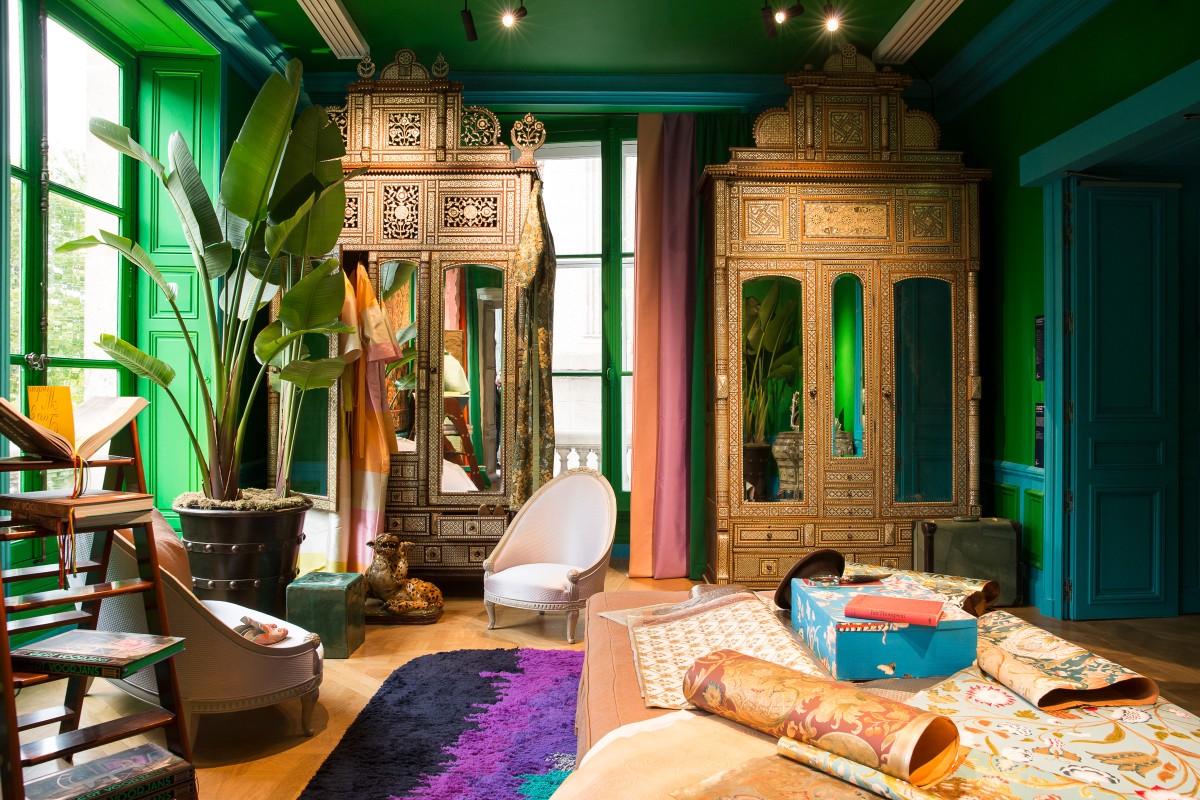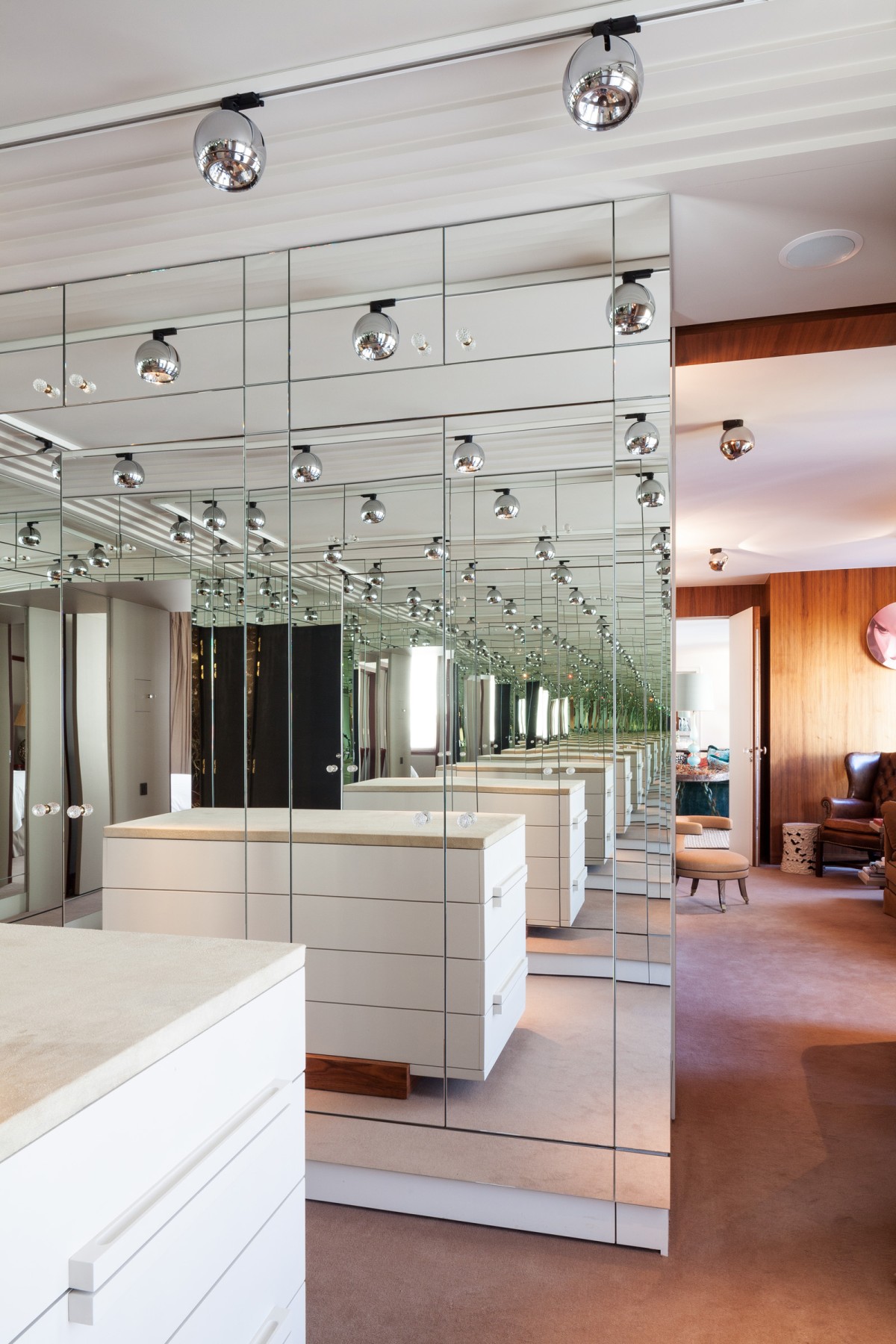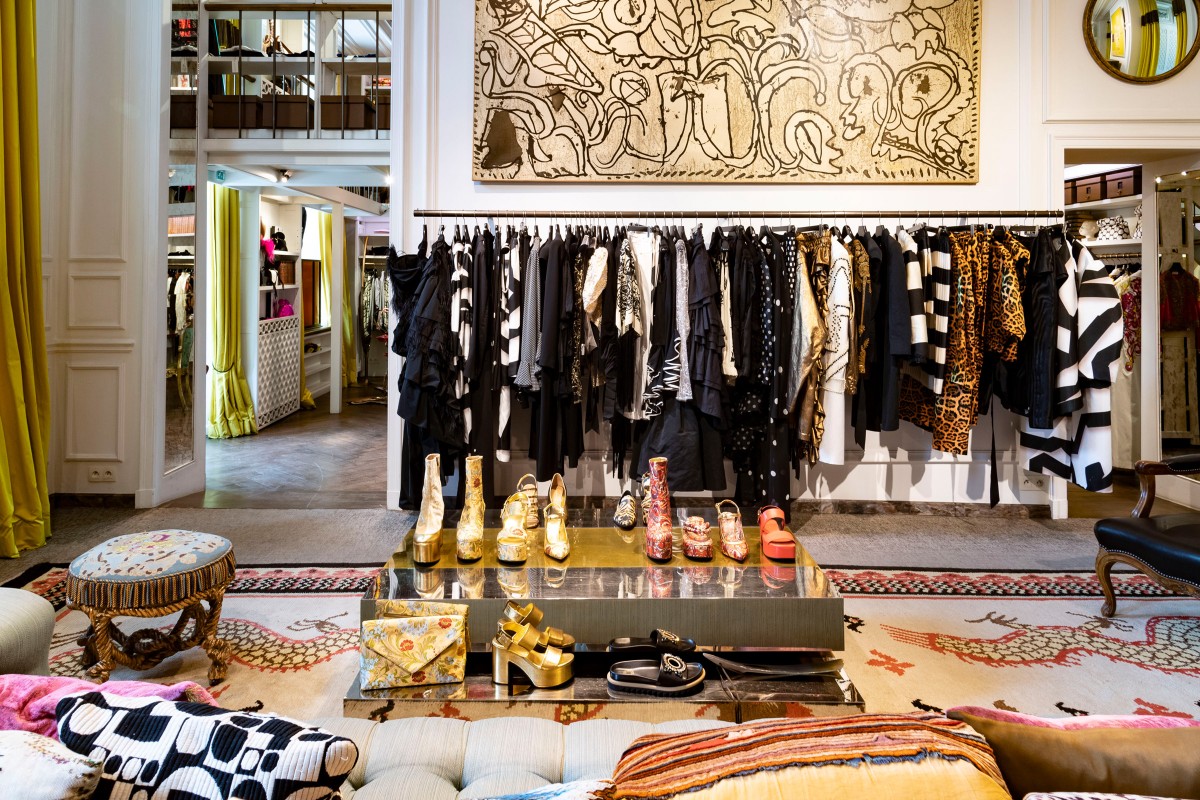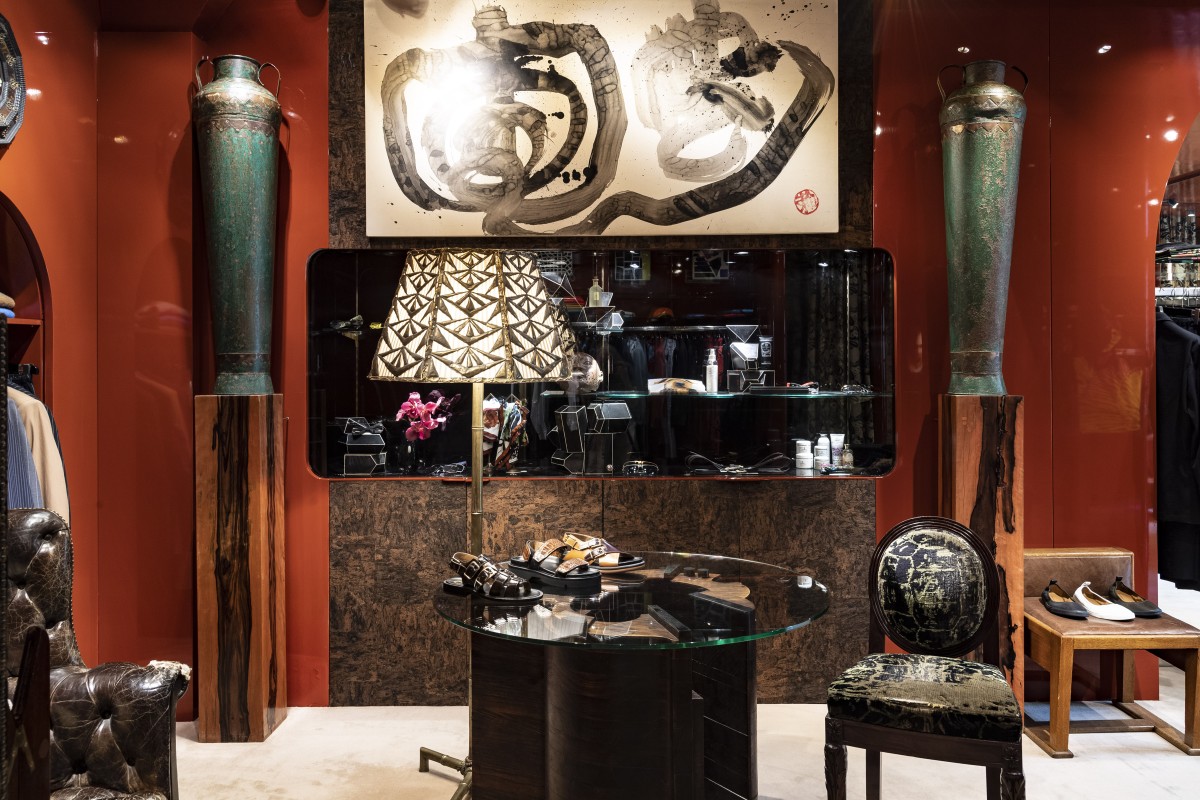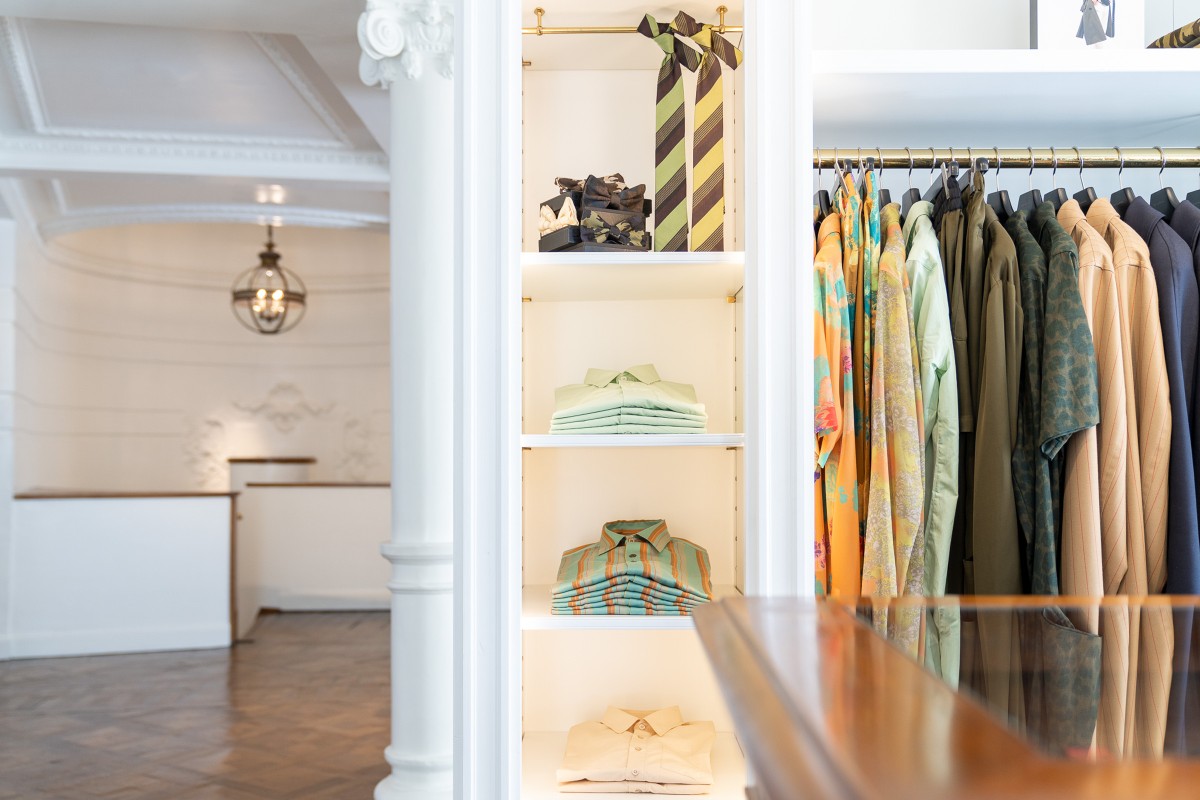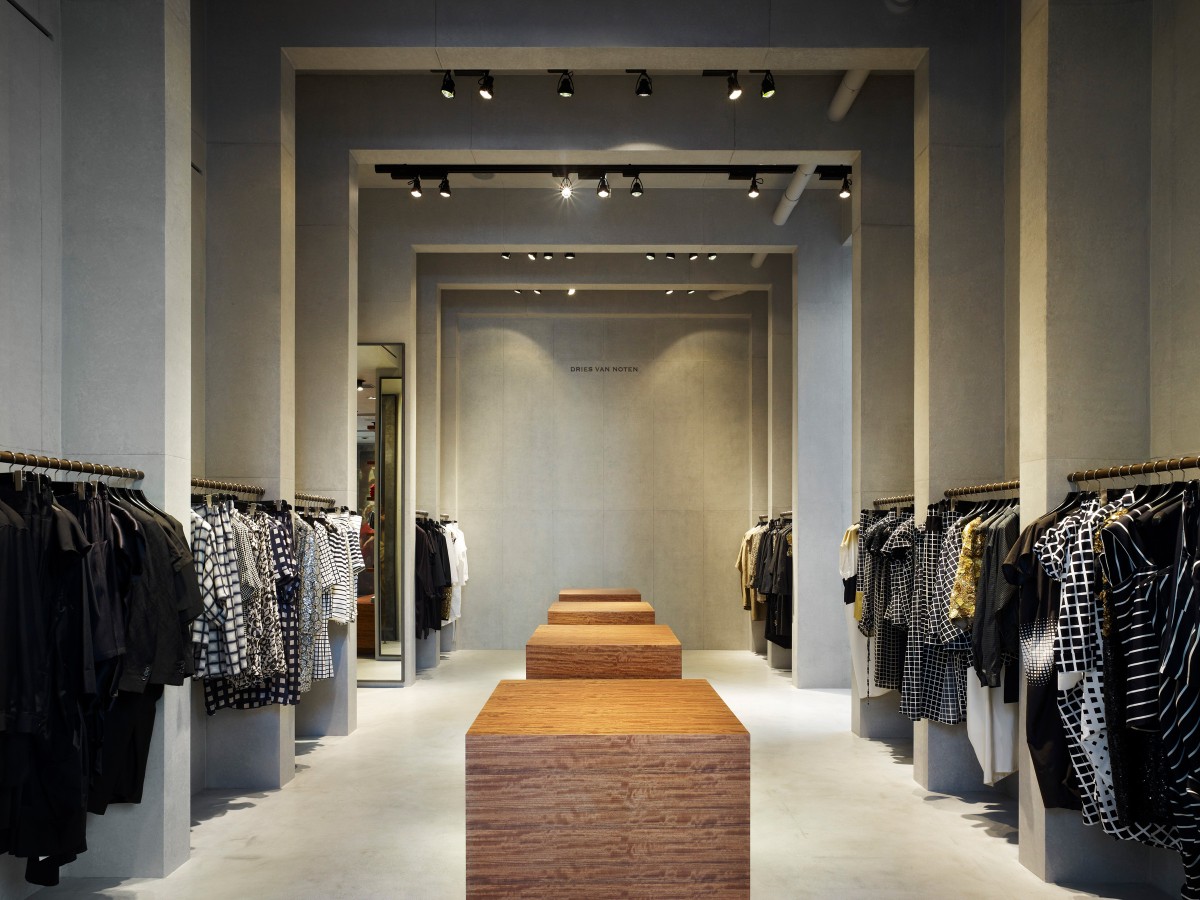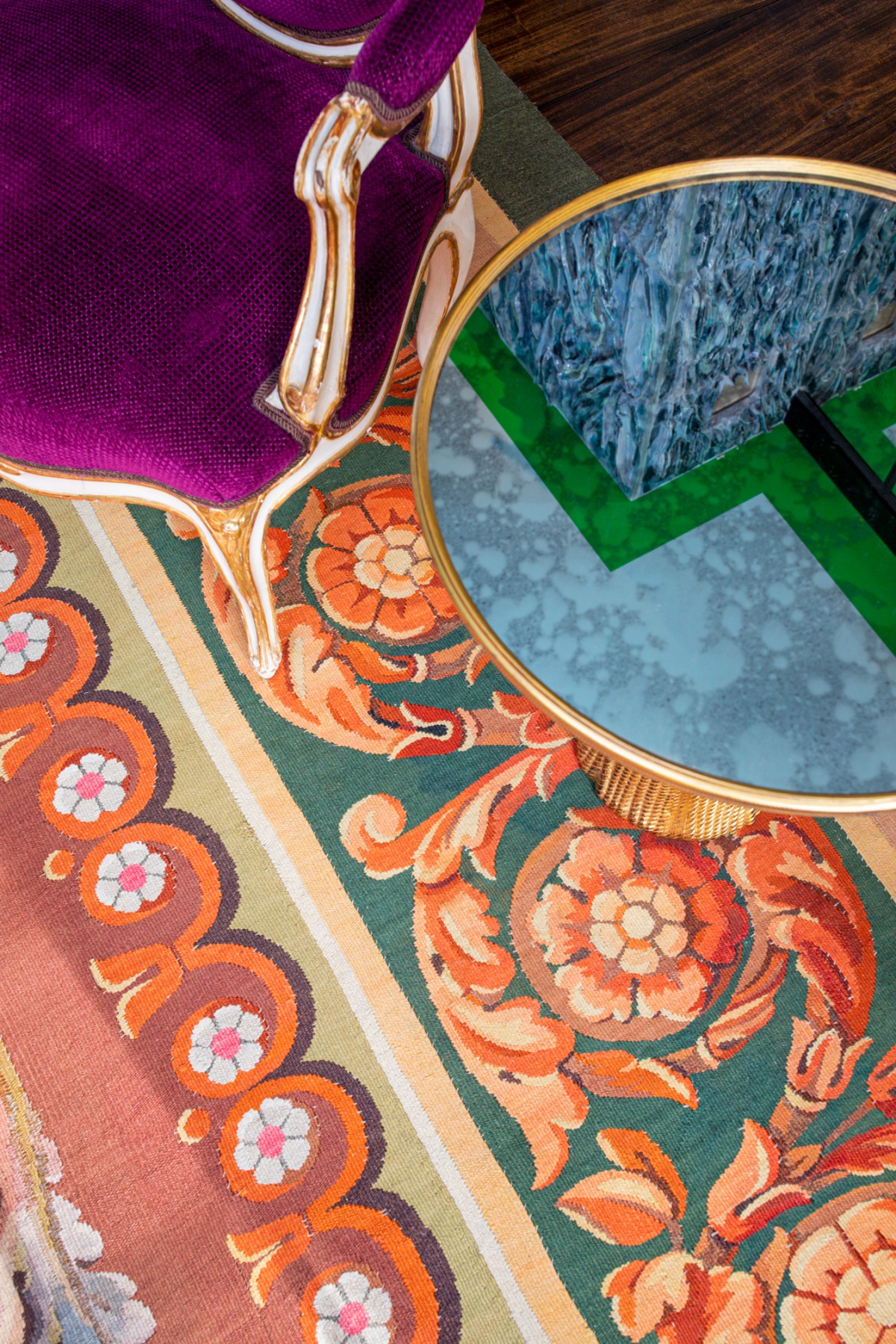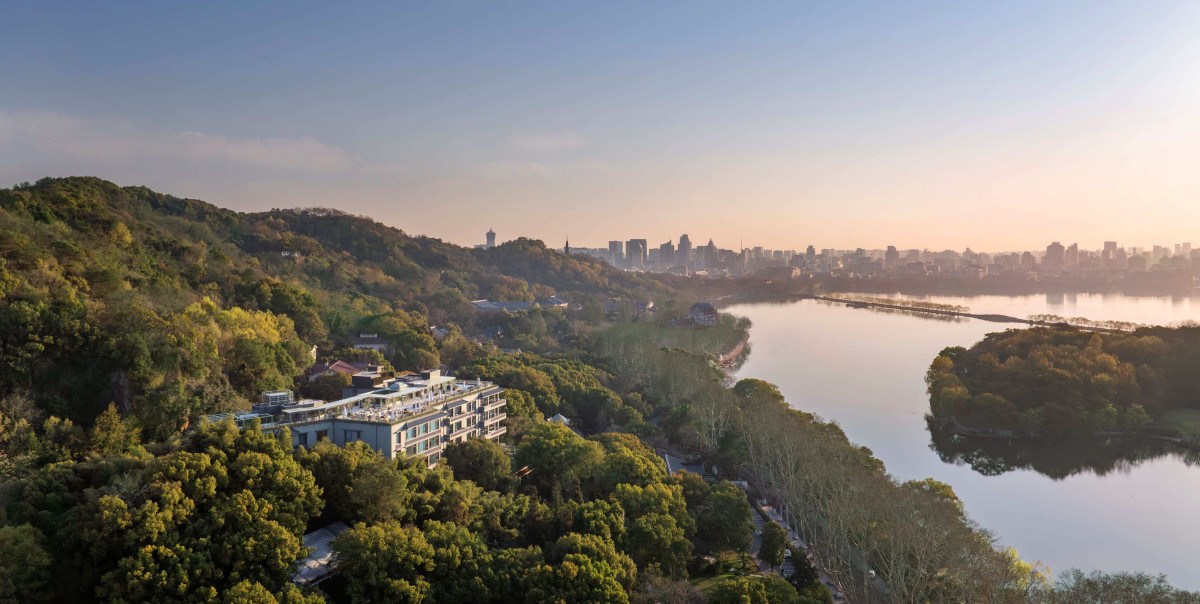The debut of a new retail space devoted to fragrance, beauty and accessories in the heart of Paris' Rive Gauche. An evocative and characterful environment in which to experience the Dries Van Noten world.
Photography: Jean-Pierre Gabriel


Marking the one year anniversary of the introduction of Dries Van Noten’s fragrance and beauty range. The site sits alongside the men’s and women’s stores on Quai Malaquais, a setting with an enduring artistic legacy. Each detail of design within the Galerie Quai Malaquais has been meticulously curated by Dries Van Noten. The store is housed within a historical Paris landmark, first built in 1625. Behind its pilastered-columned facade a rich and fascinating history unfolds.
The Prince of Transylvania was a former resident, inviting figures who would later be immortalised in Prevost’s novels, in turn inspiring Puccini’s operas. Later, the site became a hub of artistic innovation as Breheret gallery, founded by Messieurs Breheret and Prat, where some of Picasso and Chagall’s early works were exhibited. Dries Van Noten Galerie is so termed because of this cultural legacy.

This storied past meets the modernity of Dries Van Noten’s beauty and accessories today. The space has been elegantly restored to reflect Dries Van Noten’s distinctive aesthetic, taking inspiration from the fragrances and their concept of ‘impossible combinations’. Historical accents sit alongside contemporary design, a surprising tension. Furniture from different periods evoke the eclectic range of references and inspiration within Dries Van Noten’s collections.
The centrepiece within the store is a 17th century Flemish tapestry depicting a baroque scene of a pergola amidst a garden oasis, a nod to Dries Van Noten’s passion for floriculture. The tapestry has been restored by De Wit Royal Manufacturers, a Belgian specialist in textile conservation, and the design is inspired by the work of Flemish painter and architect Hans Vredeman de Vries, famed for his manipulations of perspectives.
A chandelier is composed of different kinds of 1970s Venini glass, which has been reassembled and integrated into the central vitrine. A 19th century bureau from the Swedish Gustavian era sits alongside vivid shades of citrine across textiles and fabrics. A deconstructed marble floor has been crafted using different forms of white marble as an innovative interpretation of traditional French Cabochon flooring.


















